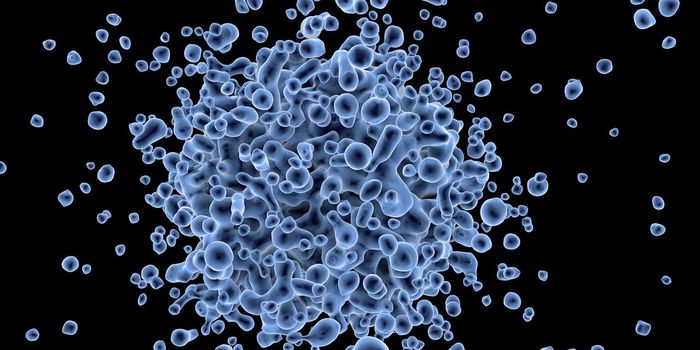Cats Successfully Treated with Gene Therapy
While gene therapy is a promising treatment for multiple diseases caused by a genetic mutation, getting gene therapy agents beyond the brain-blood barrier- the brain's protective layer- is a challenge. Now, researchers from the University of Pennsylvania may have found a solution.
Gene therapy works by delivering a functional version of a gene inside a virus- known as a viral vector- to a mutated version. In doing so, the functional version overrides the mutated version's effects and theoretically corrects the condition. While steady progress has been made in correcting neurogenetic diseases in rodents, applying the same treatments in larger mammals has only partially worked.
In this new study, the researchers used cats to assess the efficacy of gene therapy to treat alpha-mannosidosis. The condition occurs naturally in cats from a mutated copy of the alpha-mannosidase gene. To assess whether their new gene therapy would work, they injected it into the cats' carotid artery for direct delivery to the brain. Cats either received a high or low dose of the vector.
In the end, the researchers found that treated cats had a significantly delayed onset of certain neurological symptoms and a longer lifespan. They also noted that those on higher doses tended to live the longest.
"It's a big advance," says John Wolfe, lead author of the study. "Nobody has been able to treat the whole brain of a large-brained animal before. We're hopeful that this will translate into clinical use in humans."
Although promising results, Wolfe cautions that the treatment did not cure the cats of their condition- although it did improve their symptoms. He added that they do not know whether the therapy impacted their mental ability. Thus, before any conclusions can be made about the treatment, further research is needed from more animal studies.
Sources: Medical Xpress, Oxford Academic









